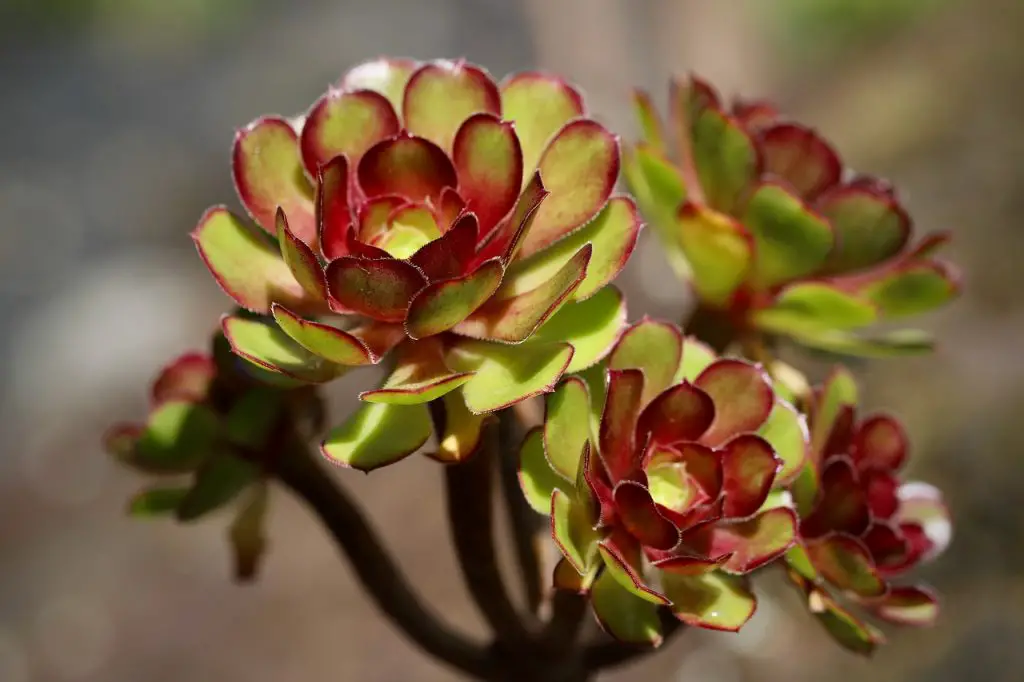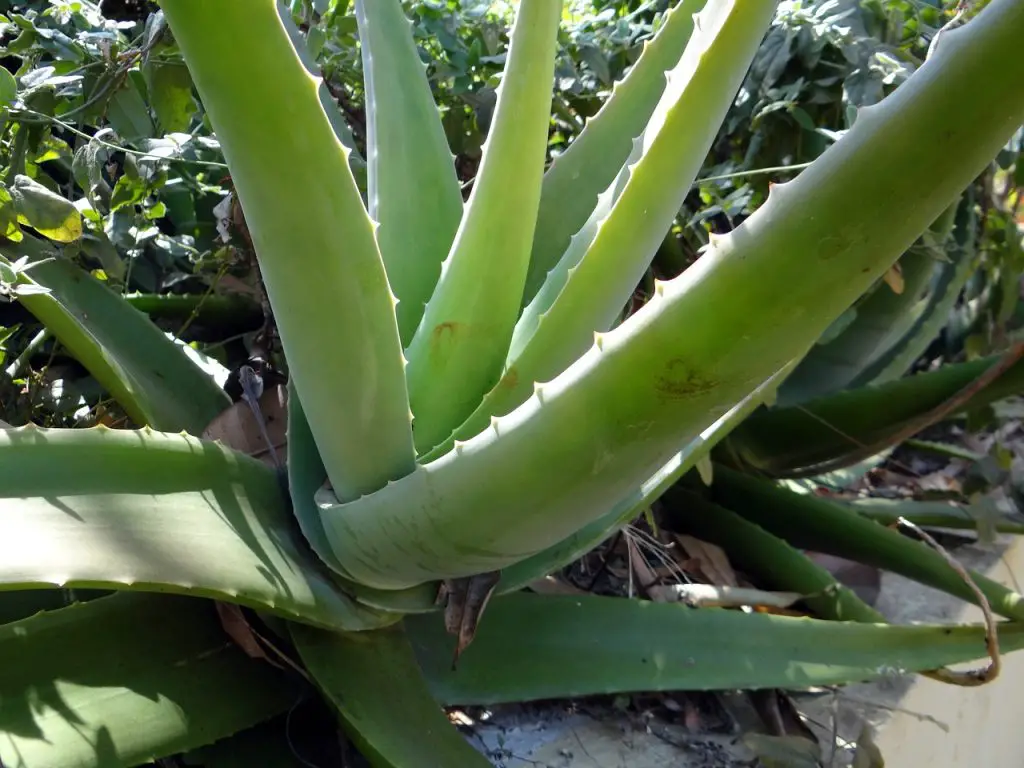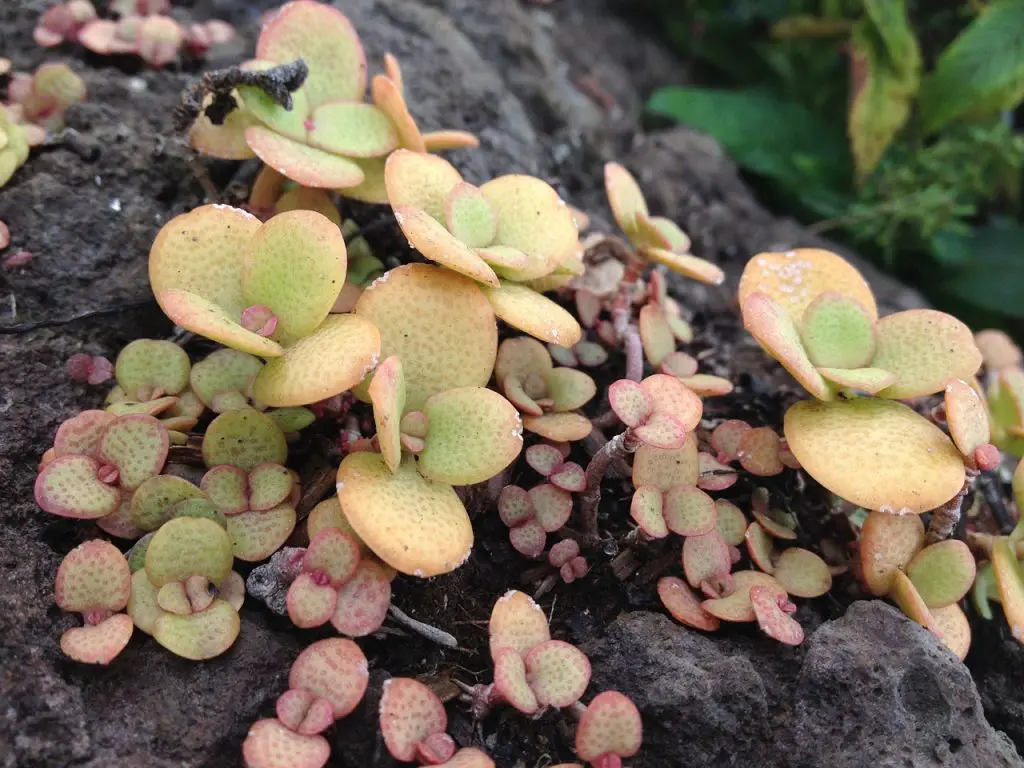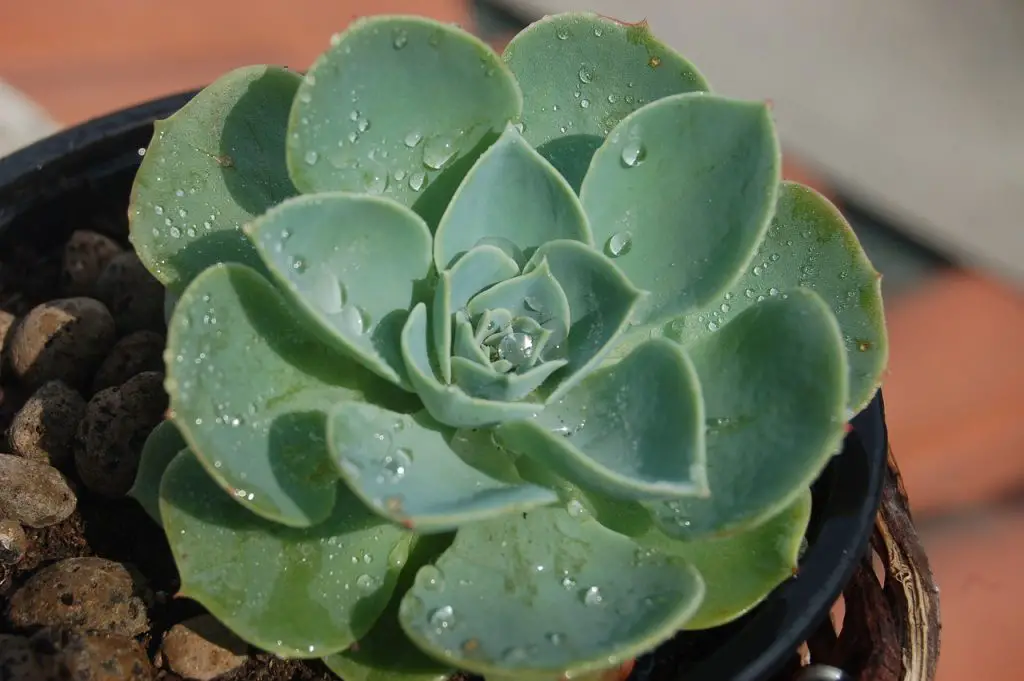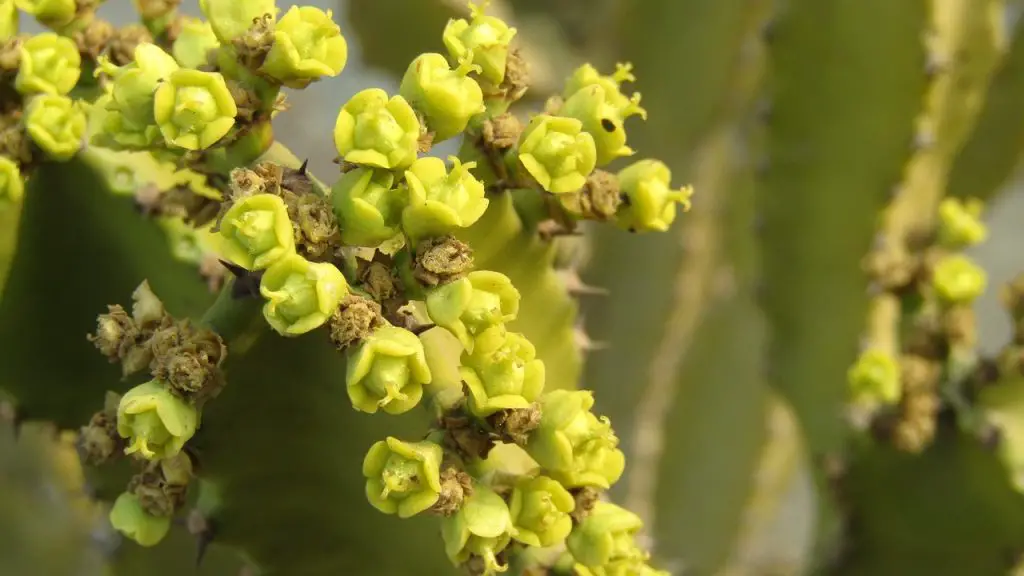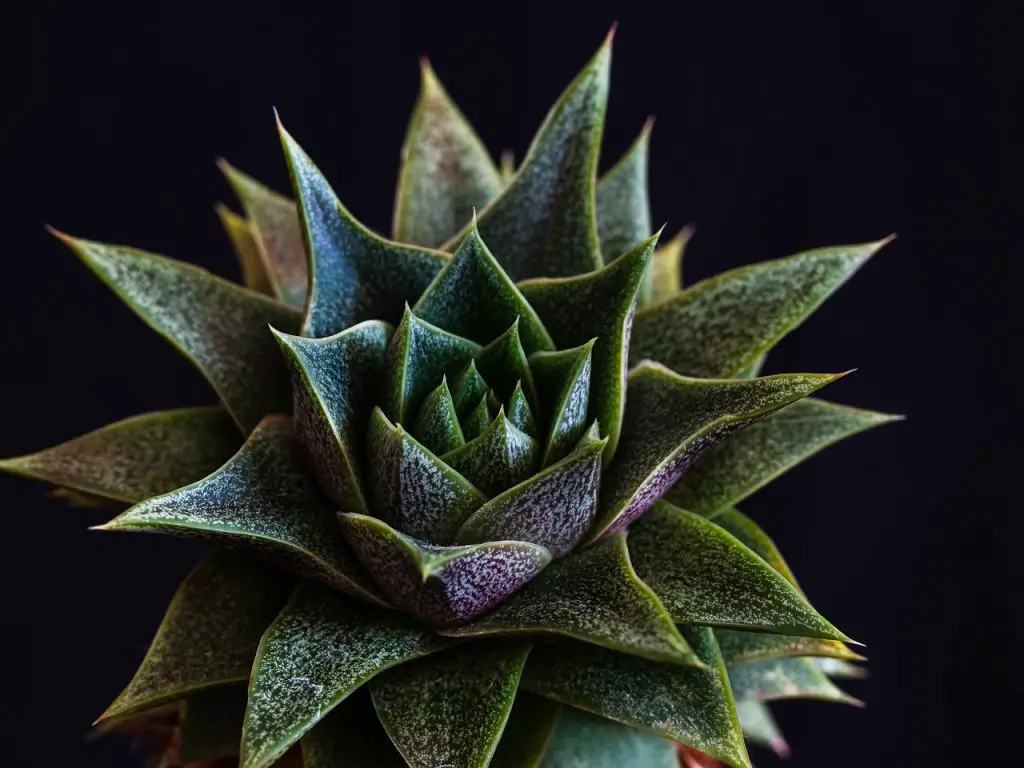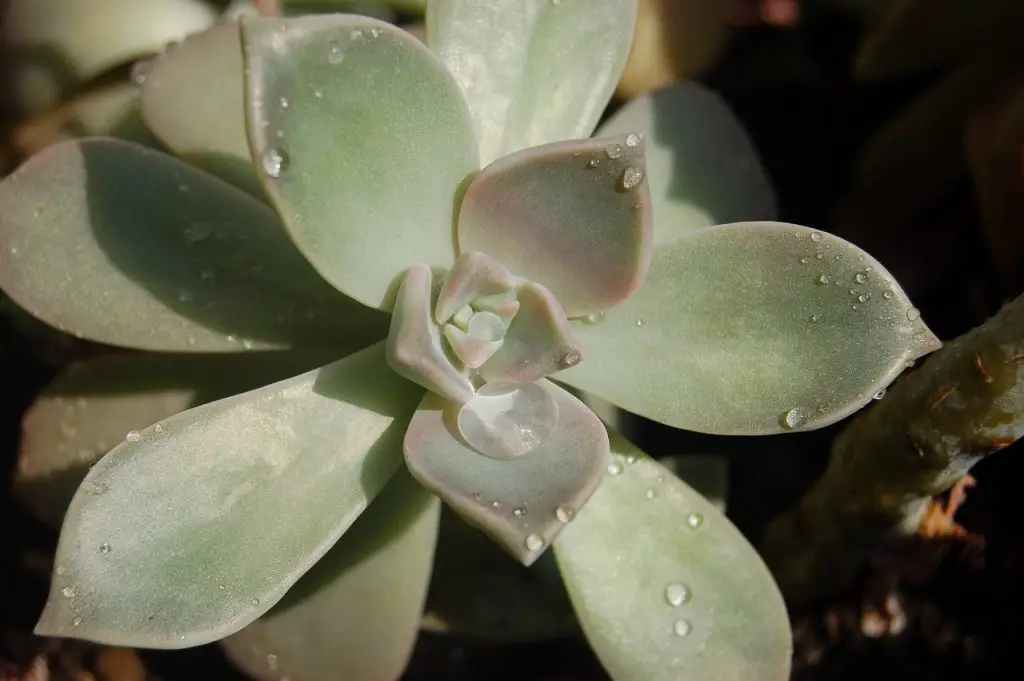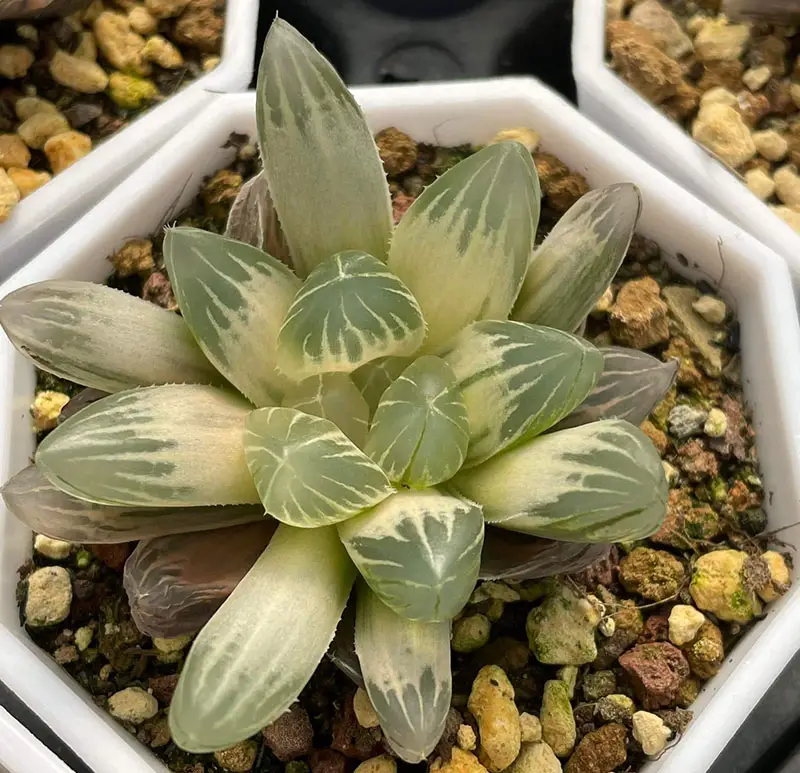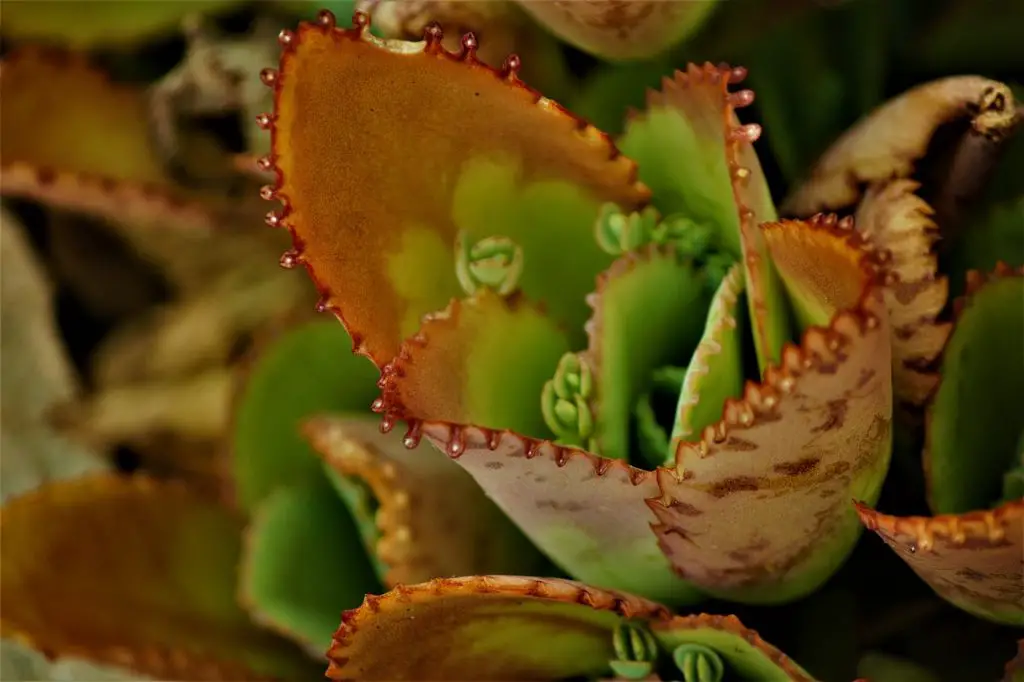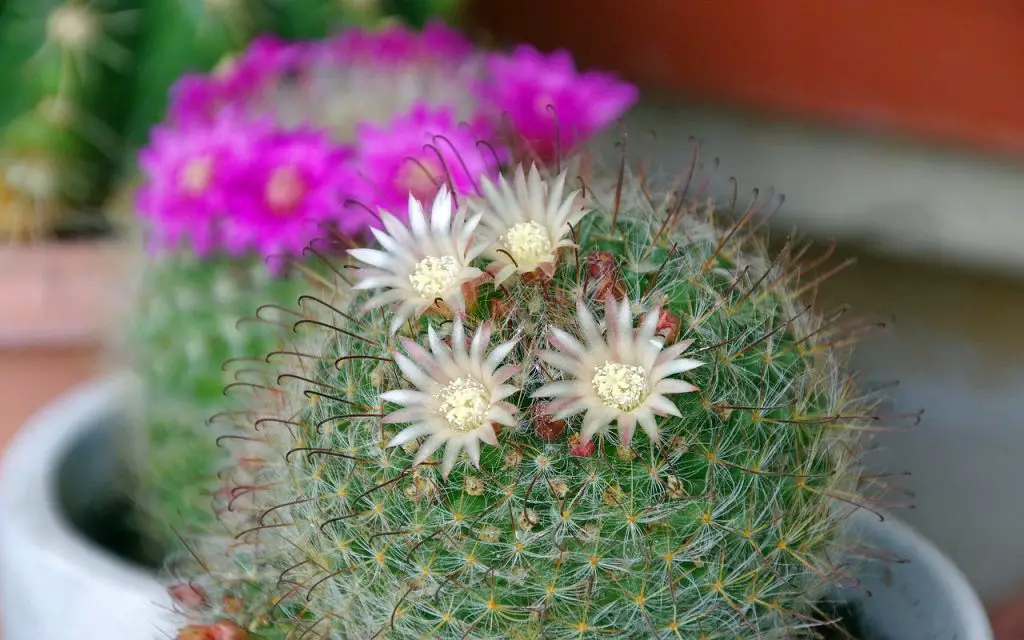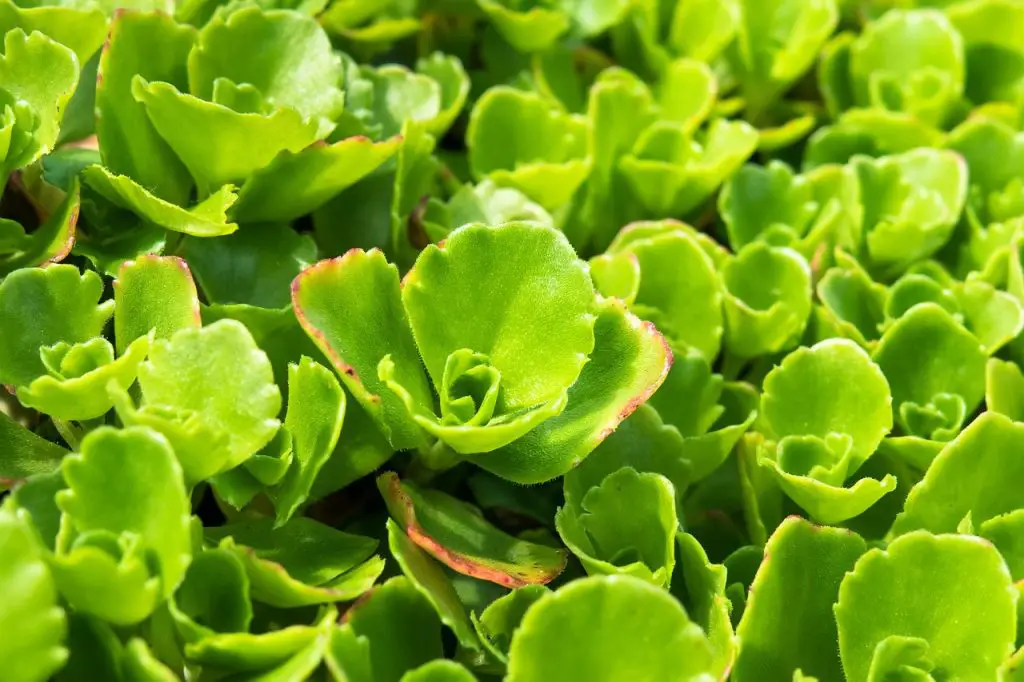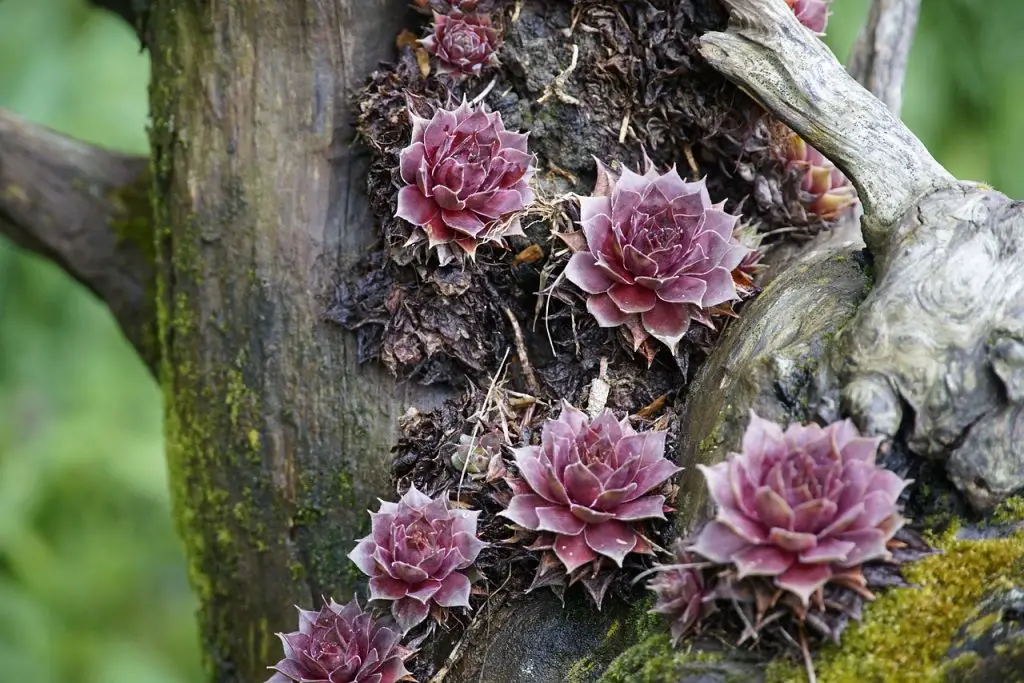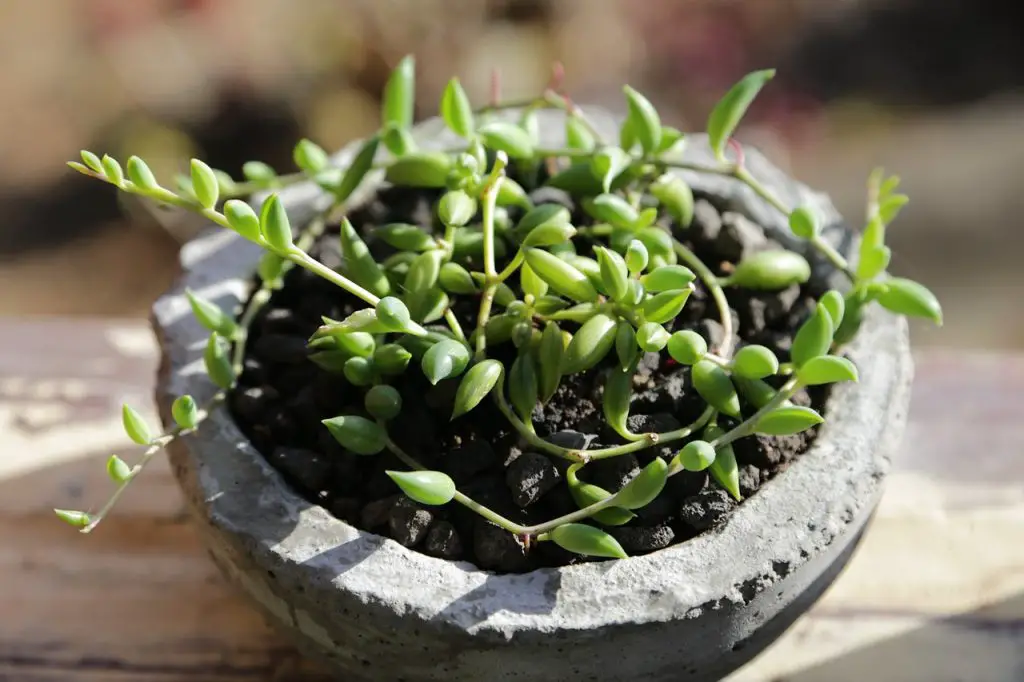There’s nothing quite like it – these incredible, resilient plants have been around for centuries and show no sign of going away. As a succulent expert, I’m here to tell you all about the 15 types of succulents that are available today. From cacti to aloe vera and everything in between, there is something to suit every taste and style when it comes to adding some greenery to your life. Whether you’re an experienced gardener or just starting out with indoor plants, it’s time to explore this amazing plant family.
Succulents come in so many shapes, sizes, and colors; they really can make any space look beautiful. They love warmth and sunshine but don’t need much water or attention – perfect if you want low-maintenance plants without sacrificing looks. We all know how important connection is – having plants around us helps create a sense of belonging, even when we feel disconnected from the world around us.
With 15 types of succulents at your fingertips, start creating your own botanical oasis as well as being visually stunning, each type of succulent has its own unique characteristics which makes them interesting additions to any home or garden.
1. Aeonium
Aeoniums are drought-tolerant succulents that love the sun. They’re hardy and easy to care for, making them a great choice for people new to gardening with succulents. With their colorful rosettes of foliage, they make beautiful additions to any garden or indoor planter. Aeoniums come in many different varieties, from small mounding types like ‘Zwartkop’ to tall branching shrubs such as ‘Kiwi’. Each type has its own unique characteristics and growth habits that need to be considered when choosing the right one for your needs.
For those looking for an interesting conversation starter, some Aeoniums even have variegated foliage! No matter which variety you choose, these stunning plants can add beauty and texture to your landscape or living space.
2. Agave
Agave is a type of succulent that has been around for centuries. It comes in many shapes and sizes, from small to large. They are known for their thick leaves and sharp spines at the end of each leaf. Agaves require little water and can survive temperatures as low as 25°F, making them an ideal choice for cooler climates or indoor spaces that don’t get a lot of suns.
One unique characteristic of agaves is the way they store water in their fleshy leaves. This helps them to survive during periods of drought and makes them particularly hardy plants. Additionally, some species produce stunning flowers on tall stalks above the foliage.
Agaves also offer a variety of uses beyond just decoration. The sap from certain varieties can be used to make tequila or mezcal, while other species have medicinal properties like relieving pain and inflammation when applied topically or taken orally. Some types even contain natural insecticides which help prevent pests from attacking your other plants! With so much versatility, it’s no wonder why agaves have become popular among gardeners everywhere.
No matter what kind of environment you live in, agave can provide both beauty and utility to any collection of succulents – all without too much fuss or hassle!
3. Aloe
Much like the agave plant, aloe is a succulent that can thrive in arid climates. As the saying goes, “If you give an inch of water to an aloe, it will take a mile” – this displays its natural drought-resistant ability and thus makes it extremely popular among gardeners. Aloes come in multiple sizes ranging from small specimens to larger ones, with many varieties containing interesting patterns and textures on their leaves. Some have even been known to produce flowers when grown indoors or outdoors.
The most common types of aloe vera found at nurseries are either curative or ornamental species; however, some other varieties such as Socotra Dragon Tree (Aloe perryi), Tiger Tooth Aloe (Aloe juvenna) and Mountain Aloe (Aloe marlothii) exist too! All these plants need little maintenance but must be protected from frost if planted outside due to their sensitivity to cold temperatures.
Additionally, they should also receive ample sunshine for optimal growth as well as occasional watering during dry periods. With proper care and attention, these hardy succulents can last for years and provide beauty to any home or garden space.
4. Crassula
Crassula is one of the most diverse types of succulents, ranging from tiny plants to shrubs and trees. They come in a variety of shapes and sizes – some have leaves that can be as small as 1 cm while others may grow taller than 3 meters! Here’s why they’re so popular:
- Crassula varieties are easy to care for – they love bright light but can tolerate part shade.
- They require minimal water and can survive quite drought-like conditions with little moisture.
- Unlike other succulent species, crassulas generally don’t need pruning or trimming like other plants because their growth is slow yet steady throughout the year.
- These amazing succulents boast an array of colors, textures, and leaf patterns making them extremely attractive additions to any home décor or garden setting.
Whatever style you prefer, there’s sure to be a crassula out there that fits your needs perfectly! With their low maintenance requirements and beautiful appearance, it’s no wonder why this type of plant has become so beloved by many who appreciate a touch of nature indoors or outdoors. From jade plants, string-of-beads, and stacked carpets to the more exotic elephant bush; crassulas offer something special for every taste and environment.
5. Echeveria
Echeveria is one of the most popular succulent types, making up 10% of all sales in nurseries and garden centers. As a result, it’s no surprise that this species has become an iconic symbol for lovers of these plants. With their rosette-shaped foliage, echeverias are known for their distinct beauty, wide variety of colors, and unique textures. They are also incredibly easy to care for – just give them bright light, well-draining soil, and regular watering to keep them alive and thriving.
From large varieties such as Echeveria ‘Black Prince’ to smaller specimens like Echeveria ‘Perle von Nurnberg’, there is something suitable for every space or lifestyle. Plus they make great additions to rock gardens, cactus gardens, terrariums, and mixed container plantings!
For those looking for a truly exotic look, consider some of the rarer hybrid varieties such as Echeveria ‘Lola’ with its vibrant pink hues or Echeveria ‘Mauna Loa’ with its distinctive blueish hue. Regardless of which you choose though, echeverias are sure to add an interesting element to any landscape or living space. Their versatility makes them ideal for both indoor and outdoor use – so get creative and enjoy your own little piece of succulent paradise!
6. Euphorbia
Euphorbia, commonly known as spurge, is a genus of succulents that are popular among collectors. They come in many varieties and can range from low-growing shrubs to tree-like plants. The plant has an interesting structure with thick stems and pointed leaves that resemble cactus spines. Euphorbia also produces small but attractive blooms throughout the season
. When it comes to caring, this type of succulent requires minimal effort yet offers beautiful results. It needs plenty of sunlight and prefers well-drained soil for optimal growth. Watering should be done sparingly, as too much water can cause root rot quickly.
To propagate euphorbia, simply take stem cuttings from mature plants and place them in a rooting medium such as sand or gravel. With proper care, this hardy species is sure to bring plenty of beauty into any garden! As a strong member of the succulent family, euphorbia offers an abundance of benefits for those seeking a resilient yet eye-catching addition to their collection.
For those looking for something even more unique, gasteria may just be what they’re searching for…
7. Gasteria
Gasteria is one of the most popular succulents out there. They can be found in a variety of shapes, sizes, and colors and make great additions to any garden or living space.
Characteristic
Description
Example
Shape
Long, tubular leaves
Gasteria batesiana var. olivacea
Size
Small to medium size
Gasteria glomerata v. robusta
Color
Wide range of hues
Gasteria brachyphylla var. minor
These low-maintenance plants love bright light and well-draining soil with plenty of airflow around them to stay healthy and vibrant. When it comes to watering, gastrias like moisture but don’t want their roots sitting in water for too long so make sure that your potting mix drains quickly after you’ve watered it. The best way to do this is by using a cactus mix or adding some pumice or perlite into regular potting soil when planting them. With these tips, you will have happy gasteria thriving in no time!
8. Graptopetalum
Graptopetalum, commonly referred to as ‘Mother of Pearl’, is an easy-to-care-for succulent. Its unique leaves are waxy and textured like the inside of a shell – hence its nickname! They come in various shapes and sizes, too – from small rosettes to large shrubs.
This type of succulent has several benefits that make it appealing:
* Low maintenance – Graptopetalums don’t require much attention and only need occasional watering.
* Easy propagation – These plants can easily be propagated by taking cuttings or dividing existing clumps into smaller groupings.
* Long lasting – With proper care these plants have been known to last over a decade.
Growing graptopetalums is simple, yet rewarding. All you need is some well-draining soil, bright indirect light, and moderate temperatures (65–85°F). Just remember to water when their soil dries out completely; otherwise, they could become stressed or rot due to overwatering. And voila! You’ll soon have your own little Mother of Pearl garden!
These hardy succulents are great options for those seeking natural beauty without the hassle of high-maintenance gardening. Plus, with their stunning foliage and varied shapes, they add texture and color to any landscape. So why not give them a try?
9. Haworthia
Moving on from Graptopetalum, let’s talk about Haworthia. There are many different types of this succulent that vary in size and appearance.
The first type is the Haworthia cooperi. This species has a rosette shape with thick fleshy leaves that range from green to dark purple or black in color. The leaves have white stripes along their margins which give them an attractive patterned look. They can grow up to 8 inches in diameter and only require minimal watering when kept indoors.
Another type of Haworthia is the retusa variety. These plants have thin, pointed leaves that are arranged into a tight rosette shape at the center of the plant. The leaf tips are usually slightly curved inward giving them a unique look compared to other succulents. They also tend to be more drought-tolerant than other varieties and can survive without much water for weeks at a time if necessary.
Haworthia succulents make great additions to any indoor garden and they don’t require much maintenance once established. With proper care, they will thrive and add some interesting texture and color to your home decor.
10. Kalanchoe
Kalanchoe is a type of succulent that is easy to recognize due to its distinctively-shaped leaves. They have thick, oval, or oblong foliage with teeth along the edges and are often bright green in color. These plants grow low to the ground and tend to branch out in many directions like shrubs. Kalanchoes can be grown both indoors and outdoors, but they do need plenty of sun exposure if they’re placed outside.
These succulents also prefer slightly dry soil conditions; you should allow the top layer of the potting mix to dry out before watering again. While these plants are relatively hardy, it’s important not to overwater them as this can cause root rot or other issues. If you want your kalanchoe to bloom, make sure to provide it with enough light during the winter months for flowers to develop.
To care for your kalanchoe properly, trim off any dead or yellowing leaves from time to time and fertilize once per month throughout spring and summer when growth is active. With proper attention, these beautiful succulents can last for years! As such an attractive addition to any garden – both inside and out – their popularity continues growing among plant enthusiasts everywhere.
11. Mammillaria
Mammillaria is a delightful type of succulent to own. It’s easily recognizable for its unique shape and texture, as well as its vibrant colors. Its cylindrical stems are often covered in small spines that range from white to yellow and pink. The flowers it produces can be quite beautiful, ranging from whites and pinks to oranges and reds.
These plants require bright light but should not be placed directly in the sun since they may burn or become too dry. They need regular watering during the summer months but don’t overwater them! In winter, reduce the amount you water them significantly so they can go dormant if needed. Consider adding some special potting soil with high levels of drainage when planting your mammillarias – this will help keep their roots healthy and happy!
When cared for properly, Mammillaria plants will reward owners with long-lasting blooms throughout the year. Their unique shapes make them an ideal addition to any succulent garden or collection. With proper care, these lovely little plants can bring joy for many years to come! From their attractive appearance to their easy maintenance requirements, Mammillaria offers something special for all succulent enthusiasts.
12. Opuntia
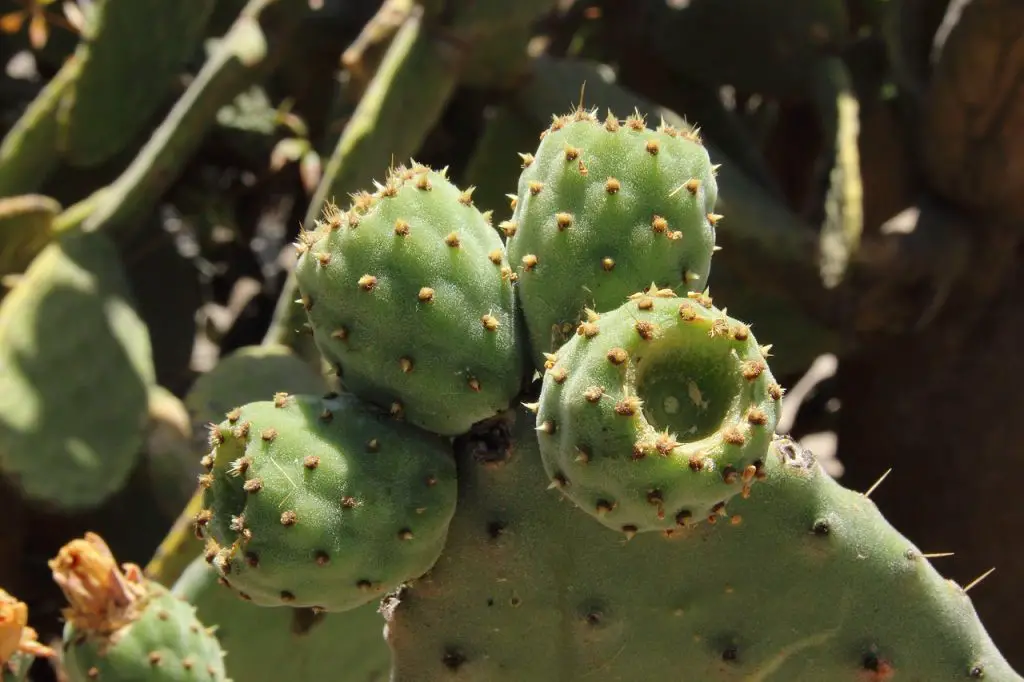 , also known as prickly pear cactus, is one of the most beloved succulents for its unique qualities and features. It’s a picture-perfect example of how diverse succulents can be! As an expert in this field, I take great joy in introducing different types of succulents to my audience.
, also known as prickly pear cactus, is one of the most beloved succulents for its unique qualities and features. It’s a picture-perfect example of how diverse succulents can be! As an expert in this field, I take great joy in introducing different types of succulents to my audience.
When it comes to opuntia, there are many variations available with various shapes, sizes, and colors. Let me break them down into categories so you can get a better understanding:
Name
Shape
Size
Beavertail
Flat & Round
Small-Medium
Paddle Plant
Flat & Oval
Medium-Large
Strawberry Cactus
Round & Fluffy
Tiny
Engelmann’s Hedgehog Cactus
Spiny Globes
Small - Large
When looking at these different varieties available under Opuntia cacti family, don’t let their appearance fool you; they all share similar needs when it comes to sunlight and watering requirements. For instance, Beavertail Cactus requires more direct sun exposure compared to the Paddle plant which prefers indirect light. Similarly, both require infrequent waterings that should only happen once the soil has completely dried out from the previous session.
All things considered, opuntias make fantastic additions to any garden or home due to their hardiness and beauty. With proper care and guidance, they’ll easily become your favorite type of succulent.
13. Sedum
Moving on from Opuntia, we come to Sedum. Also known as stonecrop, these succulents are typically characterized by their fleshy evergreen leaves and star-shaped flowers. This type of succulent is incredibly easy to care for; they require very little water and will thrive in almost any climate. They can even tolerate a bit of frost!
Sedums come in all sorts of shapes, sizes, and colors – some with low-growing foliage while others grow tall. Some varieties such as the popular Hylotelephium ‘Autumn Joy’ feature beautiful clusters of pink or yellow blooms that appear during the fall months. Whether you choose one with colorful stems like Sedum rubrotinctum or one with unique foliage like Sedeveria ‘Letizia’, these plants make an excellent addition to any garden or outdoor space.
These hardy succulents are great for beginners who want something low maintenance yet still aesthetically pleasing. And when it comes to propagating them, just snip off a leaf or stem cutting and watch it quickly form new roots! With so many benefits, there’s no wonder why sedums have become increasingly popular over the years. As we move onto our next topic, let’s take a closer look at sempervivum–another type of succulent commonly referred to as hen and chicks.
14. Sempervivum
Sempervivum succulents, also known as ‘hens and chicks’, have a unique beauty that is sure to draw attention. As an expert in the world of succulent care, I can tell you that these plants are some of the hardest and most durable around. Here’s why they make great additions to any garden:
- They require little maintenance – Sempervivums thrive on neglect! All they need is good drainage, an occasional watering during summer months, and some shade from direct sunlight when temperatures soar too high.
- They come in a variety of colors – From bright reds and oranges to deep purples and blues, there’s no shortage of vibrant hues for your sempervivum collection.
- They propagate easily – If cared for properly, each hen will produce several baby chicks over time! This makes it easy to share with friends or even swap with other plant lovers online.
- They’re perfect for terrariums – Due to their minimal root systems, they can fit perfectly into closed containers like mason jars or fishbowls – creating living art pieces inside your home or office space.
These resilient plants won’t let you down; if anything, they’ll surprise you with their ability to withstand extreme conditions while still looking beautiful year-round! Their true charm lies within the fact that every single leaf has its own story… So don’t be afraid to add them to your garden today – after all, what’s life without a little adventure?
15. Senecio
Senecio is a type of succulent that can be found in many different shapes and sizes. They are often referred to as “living stones” due to their unique shape and texture resembling rocks or pebbles. A great example of this is the Senecio serpens, which looks like it has been carefully crafted by Mother Nature herself! I love how these little guys catch the light with their waxy blue-green leaves – they really look like little gems in my garden!
These succulents also come in a variety of colors, ranging from whites and pinks to purples and blues. Some varieties even produce yellow daisy-like flowers once a year, making them not just beautiful but also quite fragrant too! With so much variation available between species, you’re sure to find something special for your own garden.
Overall, senecios make excellent additions to any home space or outdoor garden. Whether you choose one single specimen or create an entire rockery full of them, these plants will add some real character to your landscape. If you have the time and patience, why not try cultivating some yourself? You never know what kind of beauty may be hiding beneath those seemingly dull exterior surfaces!
Conclusion
I can confidently say that there are countless types of these incredible plants to choose from. Not only do they offer a wide variety of shapes and sizes, but their hardiness makes them a great choice for any gardener, whether experienced or beginner.
One statistic I find particularly interesting is that aloe, one of the most popular succulents out there, has been used in traditional medicine since ancient times! Its healing properties have made it a staple in many homes around the world.
No matter what type of succulent you select – be it Aeonium, agave, crassula, echeveria, opuntia, sedum, sempervivum, or senecio – you’ll get not just beauty but also resilience and even health benefits! Succulents make gardening easy and enjoyable; all you need to do is give them some light and water occasionally and your little green friends will shine brightly year after year.

